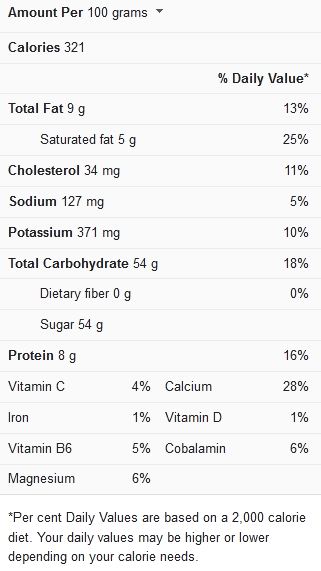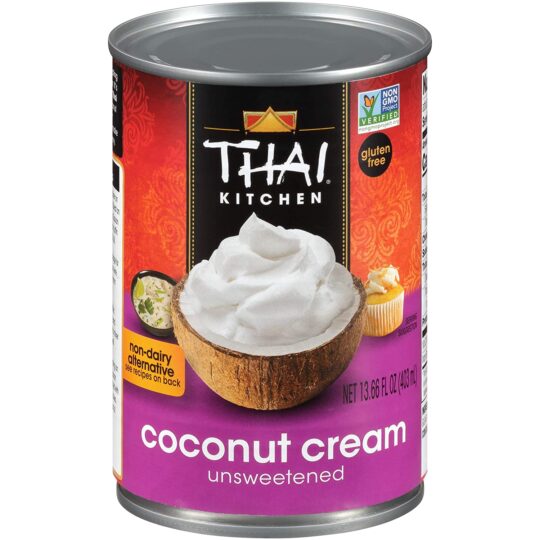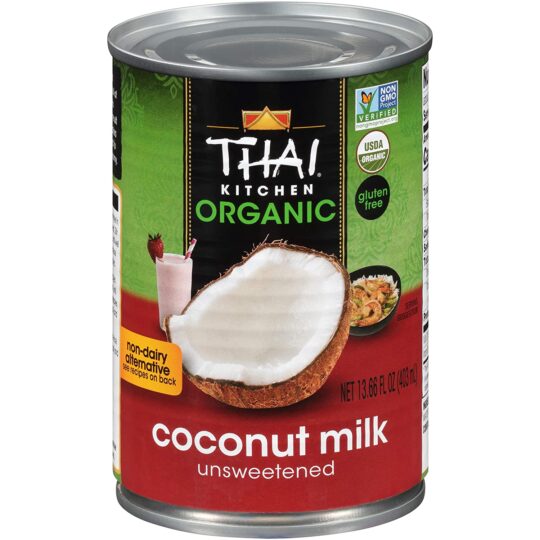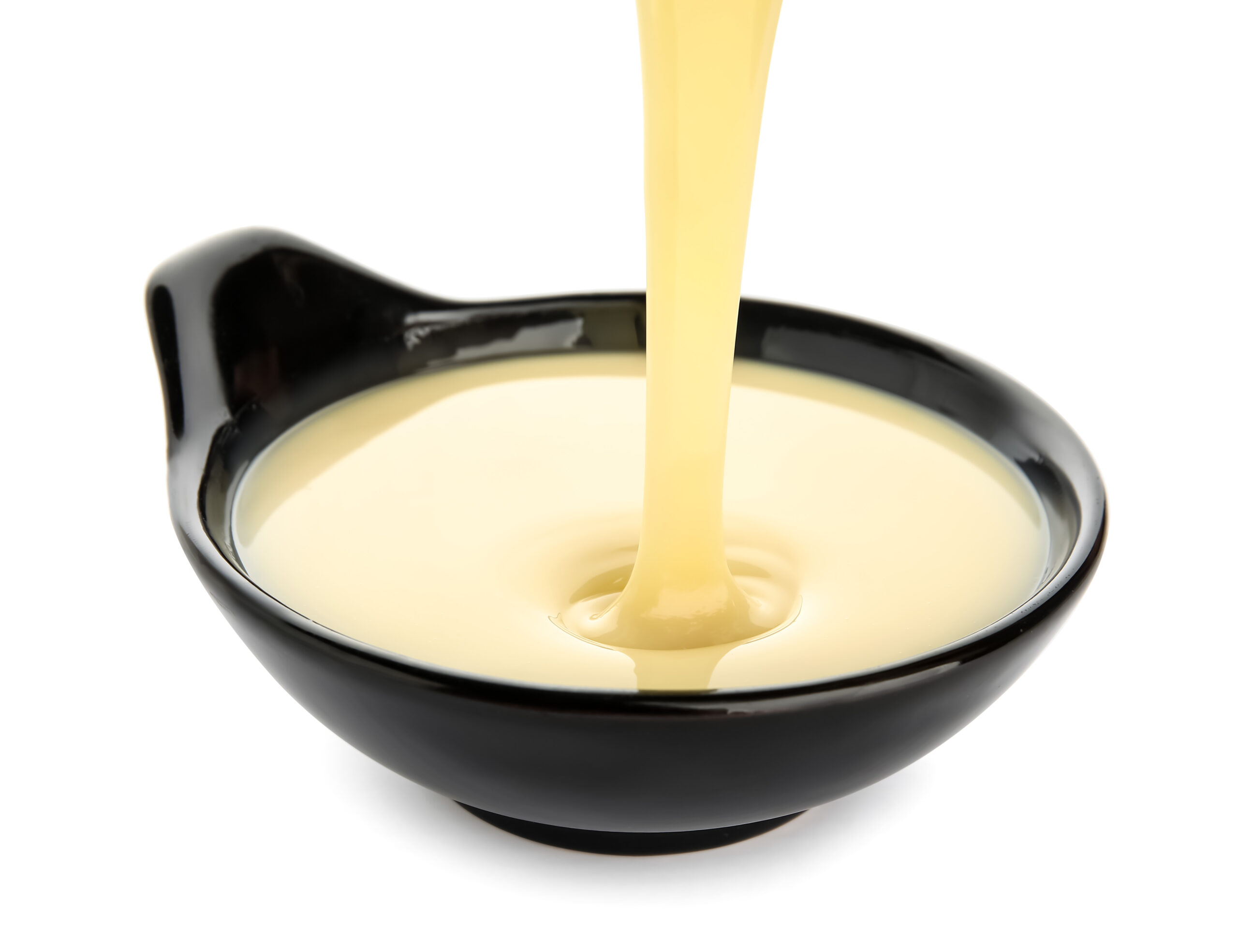Arguably, one of the most adaptable ingredients you can have in your pantry is sweetened condensed milk. This cooking ingredient has earned its place as a baking staple, from being included in indulgent fudge recipes to being added into the batter for cakes or brownies to create the most delicious effects.
There are many delightful recipes to make with sweetened condensed milk, and typically, these recipes will benefit from its creamy, delicious taste. But some people tend to avoid any intake of dairy products, either due to dietary concerns or allergies. This may initially mean that you have to skip sweetened condensed milk totally, but there’s no need to go through that lack of flavor in your recipes.
The next best thing to do is get a healthy substitute for sweetened condensed milk, and thankfully, there are some options to choose from. You could take a cue from the options we’ve suggested in this article, but also make sure to take note of the appropriate substitution method for desirable results.

Condensed Milk Nutrition Facts

What is sweetened condensed milk?
Condensed milk is essentially cow’s milk that has had its water content removed (roughly 60 percent of the water contained in it). Available varieties most commonly contain added sugar and are present as sweetened condensed milk (SCM), to the point where the names “condensed milk” and “sweetened condensed milk” are widely interchanged today.
To make condensed milk from evaporated milk, you can simply combine one volume measure of evaporated milk with one and a quarter volume measure of sugar in a pot, heat, and stir until the sugar is completely dissolved, then cool. It’s also possible to cook ordinary milk and sugar until the total volume is reduced by 60%.
Condensed milk is used in many different traditional recipes around the world. For instance, there are sweets known as brigadeiro (a Brazilian delicacy made entirely of condensed milk), key lime pie, caramel candies, and other desserts that benefit from the inclusion of sweetened condensed milk. Sweetened condensed milk is also the favored milk type to include in coffee or tea preparation in Asia and Europe.
Uses of sweetened condensed milk in recipes
Due to the extra sugar typically added to it and its reduced water content. It also possesses a dense and opaque quality and a syrupy viscosity that is ideal for sweetening beverages and pastries.
Sweetened condensed milk is usually found in little cans in the grocery store’s baking section. Many recipes benefit from their milky quality, and some of them have been listed below:
- Condensed milk pound cake
- Sweetened condensed milk pumpkin bread
- Chocolate chip muffins
- Sweetened condensed milk cookies
- Dulce de leche
- Chocolate cake with condensed milk
- Sweetened condensed milk snowballs
- Easy sweetened condensed milk fudge
- Condensed milk chocolate chip cookies
- Sweetened condensed coconut milk rolls
- Condensed milk bread
- Raspberry Streusel muffins
- Eggless chocolate cake with condensed milk
- Condensed milk brownies
- Vanilla muffins
- Almond-tres leches muffins
Healthy substitutes for sweetened condensed milk
Sweetened condensed milk has a lot of good things going for it, but being dairy-free isn’t one of them. It’s typically prepared by boiling milk to eliminate the water content, essentially thickening its consistency, but the lactose content remains intact. There will be a need to consider using suitable substitutes for lactose-intolerant people and those who don’t consume dairy products.
Below are our suggested options:
Canned cream of coconut

You’ve probably come across the cream of coconut if you’ve ever created a pina colada. Cream of coconut is a significant ingredient in many tropical drinks and is a sweet coconut syrup typically produced with sugar and coconut milk.
Coconut cream is an excellent substitute for sweetened condensed milk, adding a dash of tropical taste to your recipes. Most importantly, it is dairy-free and can be used in place of sweetened condensed milk in equal amounts. Cream of coconut has a thick viscous quality similar to that of sweetened condensed milk, thus introducing a similar richness in the recipes it is used in.
Coconut milk

Another fantastic dairy-free option for sweetened condensed milk is to simmer a can of full-fat coconut milk with ¼ cup of sugar. Simply whisk together the coconut milk and sugar in a saucepan, then heat to just below boiling point before simmering for 30 minutes.
Ensure to stir the mixture frequently during the cooking process until it develops a thick consistency, then allow the mixture to cool down. You will have a great substitute with pleasant, creamy quality and only a note of coconut flavors.
Frequently asked questions (FAQs)
What is the difference between evaporated milk and condensed milk?
Evaporated milk is essentially sweetened condensed milk that hasn’t been sweetened further. These shelf-stable goods have been created using milk with around 60% of its water removed, but there’s some extra sugar content with sweetened condensed milk.
Can I sub condensed milk for evaporated milk?
Condensed milk is evaporated with extra sugar content (up to 2-1/3 cup per 14-ounce serving). Evaporated and condensed milk are not interchangeable, regardless of their comparable packaging and name. In most recipes, evaporated milk can be recreated with an equivalent amount of water and used instead of fresh milk.
Which is thicker, evaporated milk or condensed milk?
Though it, too, begins with milk that has had some of the water boiled out of it, sweetened condensed milk is much thicker and sweeter than evaporated milk.
Conclusion
Most home cooks have a set of ingredients they always trust to turn their recipes into a unique-tasting magical experience. For some, one of such essential ingredients is sweetened condensed milk, but what can you do if you’re cooking for someone with dairy-related concerns?
Our suggested options will provide you with everything you need to make a good enough substitution, such that you still achieve great results in your recipes. Also, make sure to use them in the right amounts for desirable effects.
